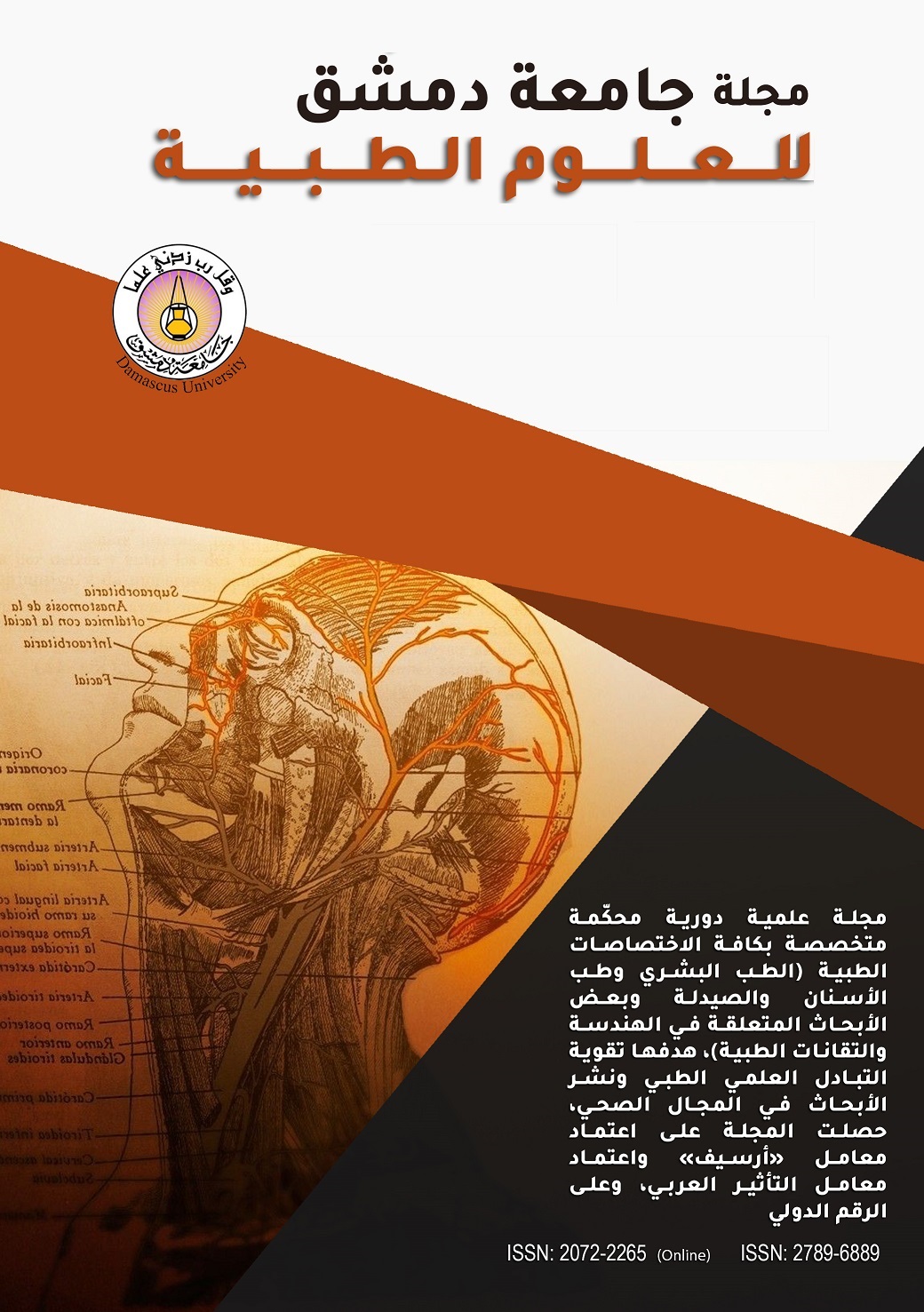Finite element study of stress distribution with tooth-supported mandibular overdenture either traditional or retained by resilient telescopic crowns.
Keywords:
Resilient Telescopic Crowns, Overdenture, Finite Element Analysis, Distribution Of StressAbstract
Background: The removable partial denture must keep health of the remaining teeth and the supporting tissues through the distribution of chewing forces on the abutment teeth and alveolar process.
Aim of Research: This study aimed to evaluate stress distribution with canines supported mandibular overdentures, either traditional with no attachment, or retained by resilient telescopic crowns.
Materials and methods: Two 3-dimensional finite element models consisted of the cortical mandible bone, cancellous mandible bone, oral mucosa, canines, periodontal ligaments, amalgam restorations in traditional overdenture model, resilient telescopic crowns in the other model and overdenture were simulated. The models were imported into the mathematical analysis software Ansys Workbench V 15.0. All materials were considered to be homogeneous, isotropic and linearly elastic. A vertical bilateral load of 120 N was applied to the central fossa of the first molars. The von Mises stress was calculated for canines, cortical and cancellous bone.
Results: The maximum von Mesis stress of the traditional overdenture model was 49.98, 9.14, 7.14, and 1.55 MPa for canines, cortical alveolar bone of canines, cortical alveolar bone at the distal end of the overdenture, and cancellous alveolar bone of canines, respectively. The maximum von Mesis stress of the resilient telescopic crowns model was 39.22, 4.74, 7.06, and 1.05 MPa for canines, cortical alveolar bone of canines, cortical alveolar bone at the distal end of the overdenture, and cancellous alveolar bone of canines, respectively.
Conclusion: Traditional overdenture transfers more stress to the canines and alveolar bone of the canines. Resilient telescopic crowns distribute the stresses between canines, alveolar bone of canines and overdenture supporting alveolar bone. Resilient telescopic crowns are preferred when the
abutment crowns height is sufficient.

